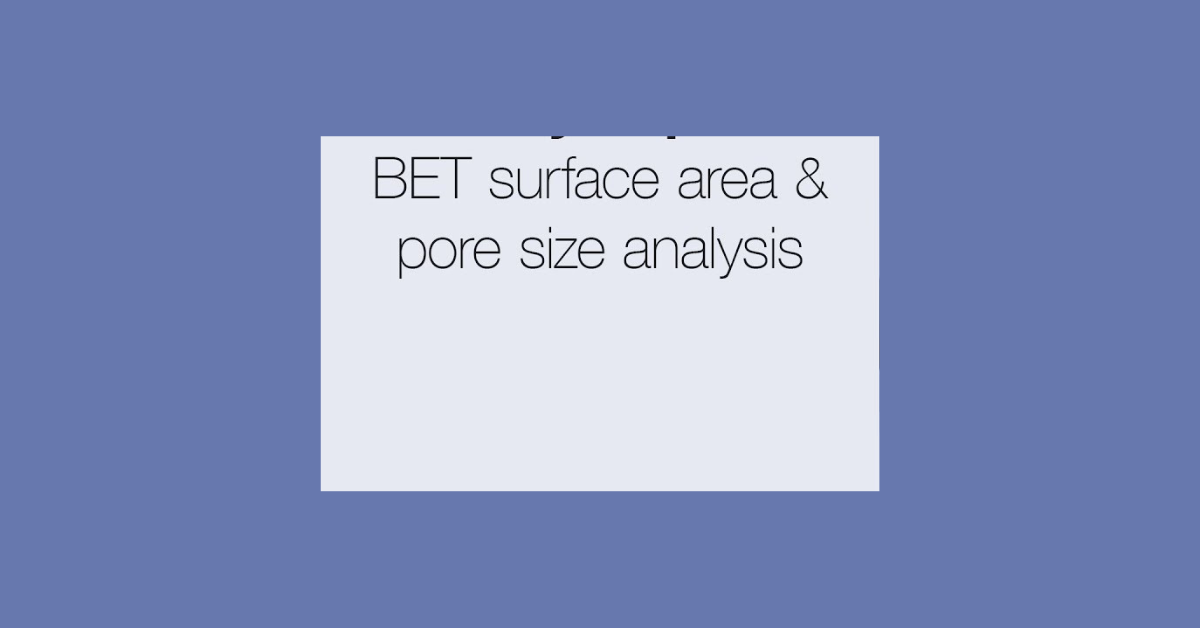Definition of BET Surface Area
The BET surface area refers to the total surface area of a material that is accessible to gases, typically nitrogen, at a specific temperature and pressure. It is named after its developers, Brunauer, Emmett, and Teller, who introduced the BET theory in 1938 as a way to analyze the surface area of solid materials. This measurement is crucial in understanding the porosity and adsorption characteristics of various substances, such as catalysts, adsorbents, and porous materials.
In essence, the BET surface area provides valuable information about the efficiency of a material in adsorbing gas molecules onto its surface. By determining the surface area available for interaction with gases, researchers and scientists can assess the quality and performance of materials in specific applications. This parameter plays a vital role in the field of materials science, aiding in the design and optimization of materials for diverse industrial and scientific purposes.
Significance of BET Surface Area in Materials Science
The BET surface area is a crucial parameter in materials science as it provides valuable insight into the porosity and surface area characteristics of a material. Understanding the BET surface area helps researchers in evaluating the efficiency of adsorption processes, catalyst performance, and the overall porous structure of a material. This parameter is particularly significant in the development of catalysts, adsorbents, and other materials where surface area plays a critical role in determining their properties and performance.
Moreover, the BET surface area is essential for studying the reactivity and stability of materials in various applications such as gas adsorption, drug delivery systems, and environmental remediation technologies. By quantifying the surface area, scientists can tailor the pore size distribution and surface properties of materials to enhance their performance in specific applications. In essence, the BET surface area serves as a key metric in materials science for characterizing the surface properties and porosity of diverse materials, thereby guiding the design and optimization of advanced materials for a wide range of technological applications.
How BET Surface Area is Measured
BET surface area measurement is typically performed using gas adsorption techniques, with nitrogen gas being the most commonly used adsorbate. The process involves exposing a solid material to a specific gas at low temperatures and high pressures to allow adsorption to occur onto the material’s surface. By measuring the amount of gas adsorbed at different pressures, a characteristic adsorption isotherm can be generated, which is then used to calculate the BET surface area of the material. This method provides valuable information about the material’s porosity and specific surface area, which are crucial factors in various applications within materials science.
One of the key instruments used for BET surface area measurement is the gas adsorption analyzer, such as the Brunauer-Emmett-Teller (BET) analyzer. This equipment typically operates by introducing the gas adsorbate into a sample cell containing the solid material of interest. As the gas interacts with the material’s surface, the resulting adsorption isotherm is recorded and used to determine the surface area through mathematical modeling. Overall, the accurate measurement of BET surface area is essential for understanding the physical and chemical properties of materials, as well as for optimizing their performance in various industrial applications.
Factors Affecting BET Surface Area
One key factor influencing the BET surface area of a material is the particle size. Generally, materials with smaller particle sizes tend to have larger surface areas due to the increased surface area-to-volume ratio. This is because smaller particles offer more surface area for adsorption compared to larger particles. Therefore, the particle size plays a crucial role in determining the BET surface area of a material.
Additionally, the porosity of a material significantly affects its BET surface area. Materials with higher porosity typically exhibit larger surface areas as there are more pores available for gas adsorption. The distribution and size of these pores within the material also impact the BET surface area measurement. In essence, the porosity characteristics of a material are vital considerations when evaluating its BET surface area.
Applications of BET Surface Area Analysis
Understanding the applications of BET surface area analysis is crucial in various fields, including catalyst development. By evaluating the surface area of catalyst materials, researchers can optimize their performance and efficiency. A higher surface area in catalysts translates to more active sites available for reactions to occur, leading to enhanced catalytic activity.
Moreover, in the pharmaceutical industry, the BET surface area analysis plays a vital role in drug formulation and delivery. By determining the surface area of drug compounds, scientists can predict their dissolution rates and bioavailability, ensuring the development of effective medications. This analysis aids in designing drug delivery systems that maximize drug absorption and therapeutic efficacy.















